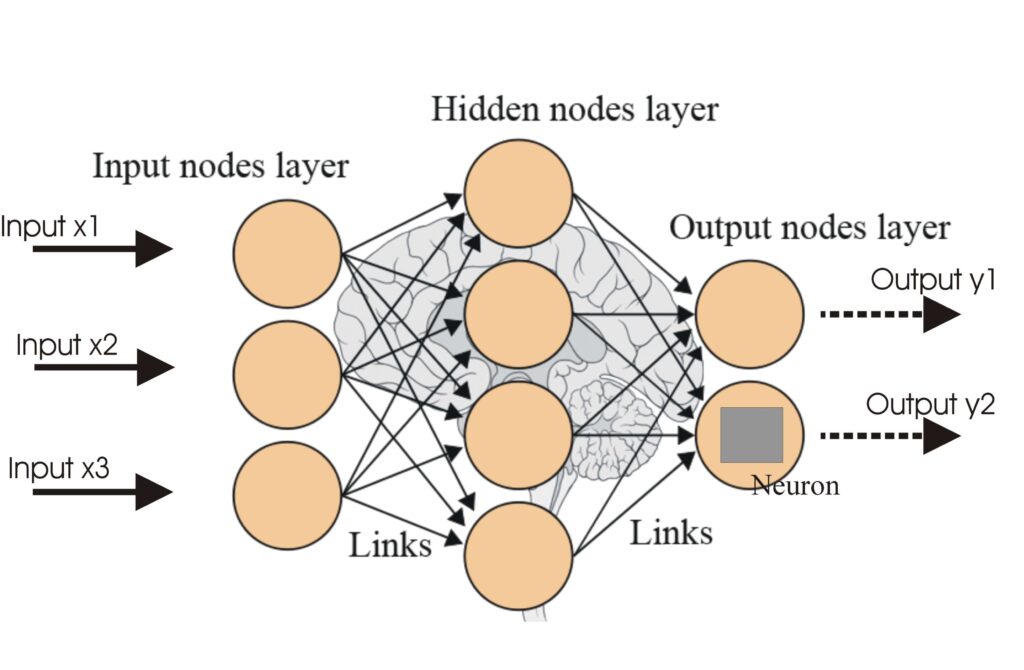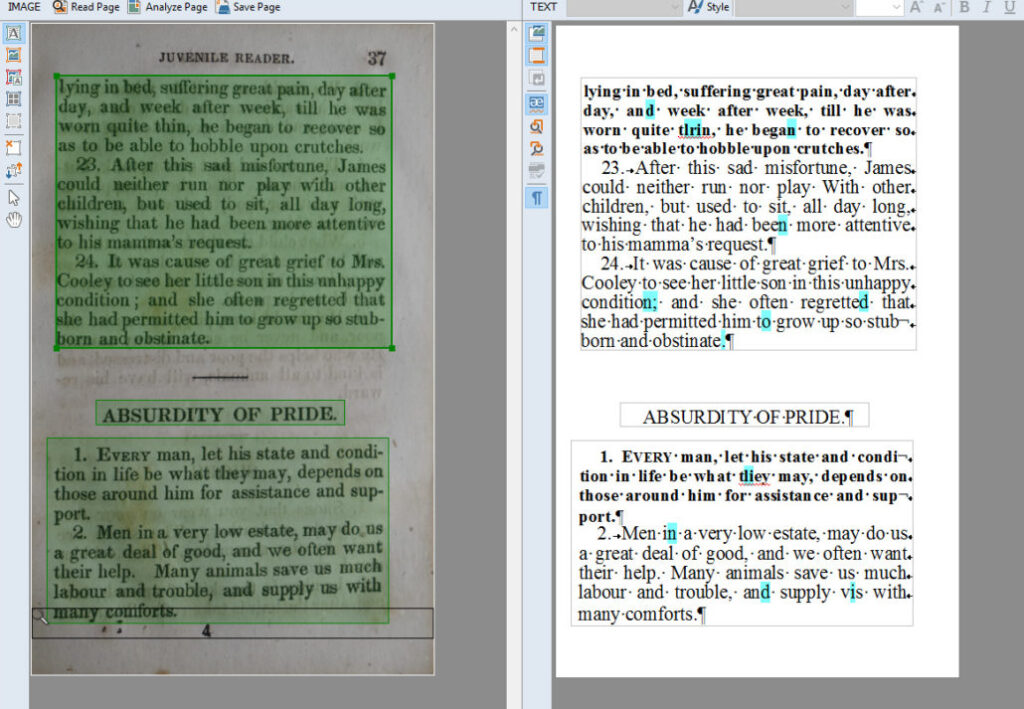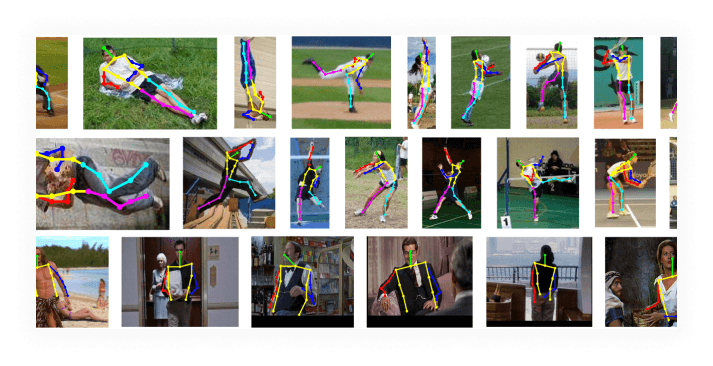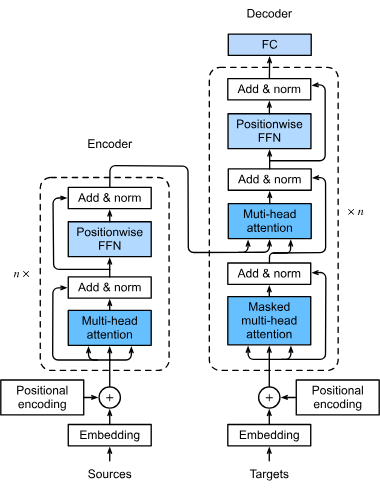
Activation Functions
Activation functions are fundamental to artificial neural networks, introducing non-linearity and enabling learning of complex patterns. This article explores t...
Activation functions are fundamental to artificial neural networks, introducing non-linearity and enabling learning of complex patterns. This article explores t...
Artificial Intelligence (AI) in healthcare leverages advanced algorithms and technologies like machine learning, NLP, and deep learning to analyze complex medic...
AllenNLP is a robust open-source library for NLP research, built on PyTorch by AI2. It offers modular, extensible tools, pre-trained models, and easy integratio...
Anomaly detection in images identifies patterns that deviate from the norm, crucial for applications like industrial inspection and medical imaging. Learn about...
Artificial Neural Networks (ANNs) are a subset of machine learning algorithms modeled after the human brain. These computational models consist of interconnecte...
Backpropagation is an algorithm for training artificial neural networks by adjusting weights to minimize prediction error. Learn how it works, its steps, and it...
Batch normalization is a transformative technique in deep learning that significantly enhances the training process of neural networks by addressing internal co...
Discover BERT (Bidirectional Encoder Representations from Transformers), an open-source machine learning framework developed by Google for natural language proc...
Bidirectional Long Short-Term Memory (BiLSTM) is an advanced type of Recurrent Neural Network (RNN) architecture that processes sequential data in both forward ...
BMXNet is an open-source implementation of Binary Neural Networks (BNNs) based on Apache MXNet, enabling efficient AI deployment with binary weights and activat...
Caffe is an open-source deep learning framework from BVLC, optimized for speed and modularity in building convolutional neural networks (CNNs). Widely used in i...
Chainer is an open-source deep learning framework offering a flexible, intuitive, and high-performance platform for neural networks, featuring dynamic define-by...
Computer Vision is a field within artificial intelligence (AI) focused on enabling computers to interpret and understand the visual world. By leveraging digital...
Convergence in AI refers to the process by which machine learning and deep learning models attain a stable state through iterative learning, ensuring accurate p...
A Convolutional Neural Network (CNN) is a specialized type of artificial neural network designed for processing structured grid data, such as images. CNNs are p...
DALL-E is a series of text-to-image models developed by OpenAI, using deep learning to generate digital images from textual descriptions. Learn about its histor...
A Deep Belief Network (DBN) is a sophisticated generative model utilizing deep architectures and Restricted Boltzmann Machines (RBMs) to learn hierarchical data...
Deep Learning is a subset of machine learning in artificial intelligence (AI) that mimics the workings of the human brain in processing data and creating patter...
DL4J, or DeepLearning4J, is an open-source, distributed deep learning library for the Java Virtual Machine (JVM). Part of the Eclipse ecosystem, it enables scal...
Dropout is a regularization technique in AI, especially neural networks, that combats overfitting by randomly disabling neurons during training, promoting robus...
An embedding vector is a dense numerical representation of data in a multidimensional space, capturing semantic and contextual relationships. Learn how embeddin...
Model fine-tuning adapts pre-trained models for new tasks by making minor adjustments, reducing data and resource needs. Learn how fine-tuning leverages transfe...
Fréchet Inception Distance (FID) is a metric used to evaluate the quality of images produced by generative models, particularly GANs. FID compares the distribut...
Generative AI refers to a category of artificial intelligence algorithms that can generate new content, such as text, images, music, code, and videos. Unlike tr...
A Generative Pre-trained Transformer (GPT) is an AI model that leverages deep learning techniques to produce text closely mimicking human writing. Based on the ...
Gradient Descent is a fundamental optimization algorithm widely employed in machine learning and deep learning to minimize cost or loss functions by iteratively...
Horovod is a robust, open-source distributed deep learning training framework designed to facilitate efficient scaling across multiple GPUs or machines. It supp...
Ideogram AI is an innovative image generation platform that uses artificial intelligence to turn text prompts into high-quality images. By leveraging deep learn...
Find out what is Image Recognition in AI. What is it used for, what are the trends and how it differs from similar technologies.
Instance segmentation is a computer vision task that detects and delineates each distinct object in an image with pixel-level precision. It enhances application...
Keras is a powerful and user-friendly open-source high-level neural networks API, written in Python and capable of running on top of TensorFlow, CNTK, or Theano...
A Large Language Model (LLM) is a type of AI trained on vast textual data to understand, generate, and manipulate human language. LLMs use deep learning and tra...
Long Short-Term Memory (LSTM) is a specialized type of Recurrent Neural Network (RNN) architecture designed to learn long-term dependencies in sequential data. ...
Apache MXNet is an open-source deep learning framework designed for efficient and flexible training and deployment of deep neural networks. Known for its scalab...
Natural Language Processing (NLP) enables computers to understand, interpret, and generate human language using computational linguistics, machine learning, and...
A neural network, or artificial neural network (ANN), is a computational model inspired by the human brain, essential in AI and machine learning for tasks like ...
Neuromorphic computing is a cutting-edge approach to computer engineering that models both hardware and software elements after the human brain and nervous syst...
Optical Character Recognition (OCR) is a transformative technology that converts documents such as scanned papers, PDFs, or images into editable and searchable ...
Pose estimation is a computer vision technique that predicts the position and orientation of a person or object in images or videos by identifying and tracking ...
PyTorch is an open-source machine learning framework developed by Meta AI, renowned for its flexibility, dynamic computation graphs, GPU acceleration, and seaml...
Recurrent Neural Networks (RNNs) are a sophisticated class of artificial neural networks designed to process sequential data by utilizing memory of previous inp...
Reinforcement Learning (RL) is a subset of machine learning focused on training agents to make sequences of decisions within an environment, learning optimal be...
Scene Text Recognition (STR) is a specialized branch of Optical Character Recognition (OCR) focused on identifying and interpreting text within images captured ...
Semantic segmentation is a computer vision technique that partitions images into multiple segments, assigning each pixel a class label representing an object or...
Discover sequence modeling in AI and machine learning—predict and generate sequences in data like text, audio, and DNA using RNNs, LSTMs, GRUs, and Transformers...
Stable Diffusion is an advanced text-to-image generation model that uses deep learning to produce high-quality, photorealistic images from textual descriptions....
TensorFlow is an open-source library developed by the Google Brain team, designed for numerical computation and large-scale machine learning. It supports deep l...
Torch is an open-source machine learning library and scientific computing framework based on Lua, optimized for deep learning and AI tasks. It provides tools fo...
Transfer learning is a sophisticated machine learning technique that enables models trained on one task to be reused for a related task, improving efficiency an...
Transfer Learning is a powerful AI/ML technique that adapts pre-trained models to new tasks, improving performance with limited data and enhancing efficiency ac...
Transformers are a revolutionary neural network architecture that has transformed artificial intelligence, especially in natural language processing. Introduced...
Fastai is a deep learning library built on PyTorch, offering high-level APIs, transfer learning, and a layered architecture to simplify neural network developme...






